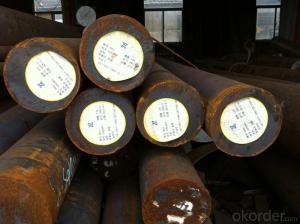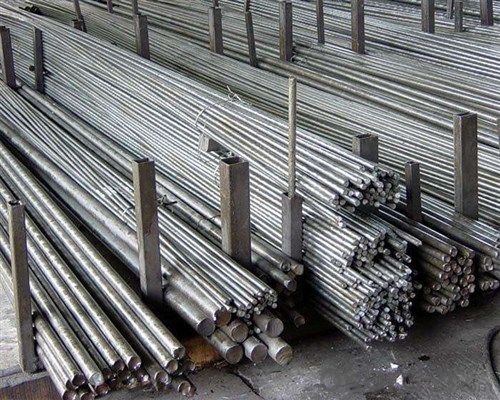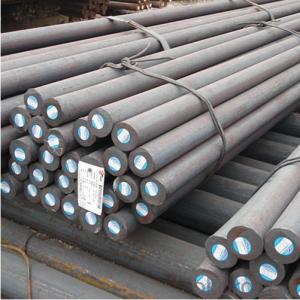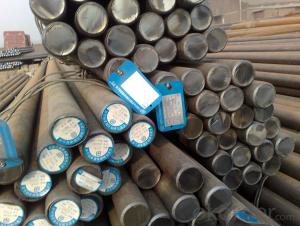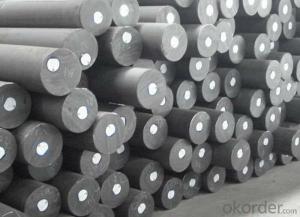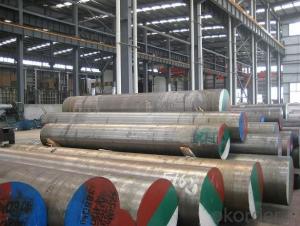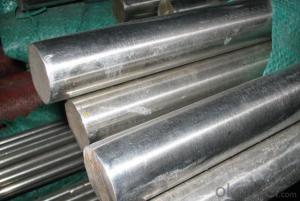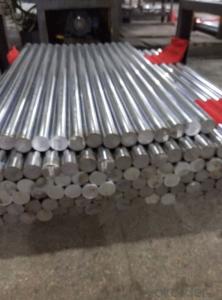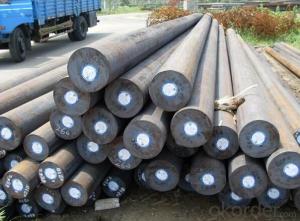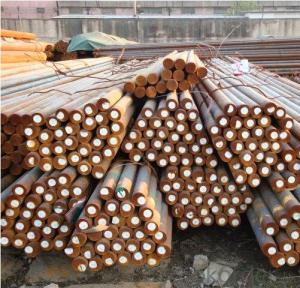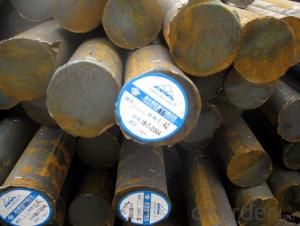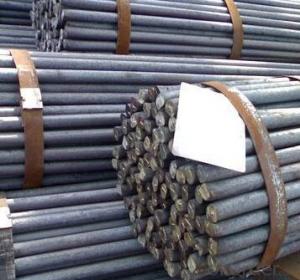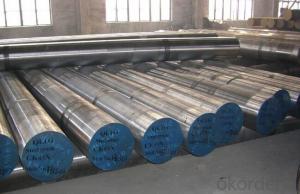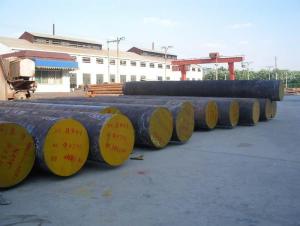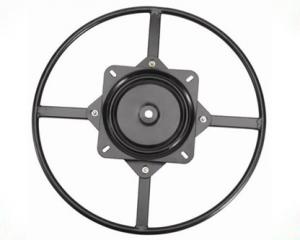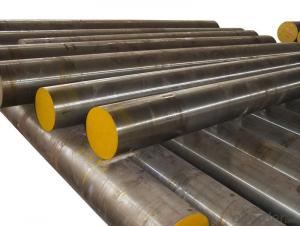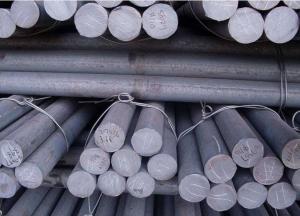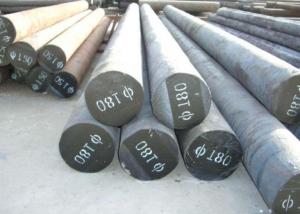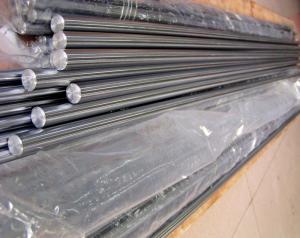1.2738 Mound Steel,China Steel,Steel Mould
- Loading Port:
- China main port
- Payment Terms:
- TT or LC
- Min Order Qty:
- 25 m.t.
- Supply Capability:
- 10000 m.t./month
OKorder Service Pledge
OKorder Financial Service
You Might Also Like
Specification
Product information:
Grade | C | Si | Mn | P | S | Cr | Mo | V |
P20 | 0.28~0.40 | 0.20~0.80 | 0.60~1.00 | ≤0.030 | ≤0.030 | 1.40~2.00 | 0.30~0.55 | --- |
1.2311 | 0.35~0.45 | 0.20~0.40 | 1.30~1.60 | ≤0.035 | ≤0.035 | 1.80~2.10 | 0.15~0.25 | --- |
3Cr2Mo | 0.28~0.40 | 0.20~0.80 | 0.60~1.00 | ≤0.030 | ≤0.030 | 1.40~2.00 | 0.30~0.55 | --- |
Applications of mould steel material
mould steel tool steel is ideally suited for the production of plastic moulds. Typical applications include die holders, zinc die casting dies, backers, bolsters and injection moulds. The versatility of mould steel tool steel with its high tensile characteristics enables uses for a variety of other applications such as shafts, rails and wear strips
Forging of mould steel material
Heat slowly, allowing sufficient time for the steel to become heated through. Begin forging at 1050°C. Do not forge below 930°C reheating if necessary. After forging, cool very slowly.
Annealing of mould steel material
Heat uniformly to 770-790°C. Soak well, cool slowly in the furnace.
Stress Relieving of mould steel material
When dies are heavily machined, we recommend stabilising just before finish machining in order to relieve machining strains. Heat to 460-500°C. Soak well and allow to cool in the air.
Hardening of mould steel material
Heat the steel uniformly to 820-840°C until heated through. Quench in oil.
Product show
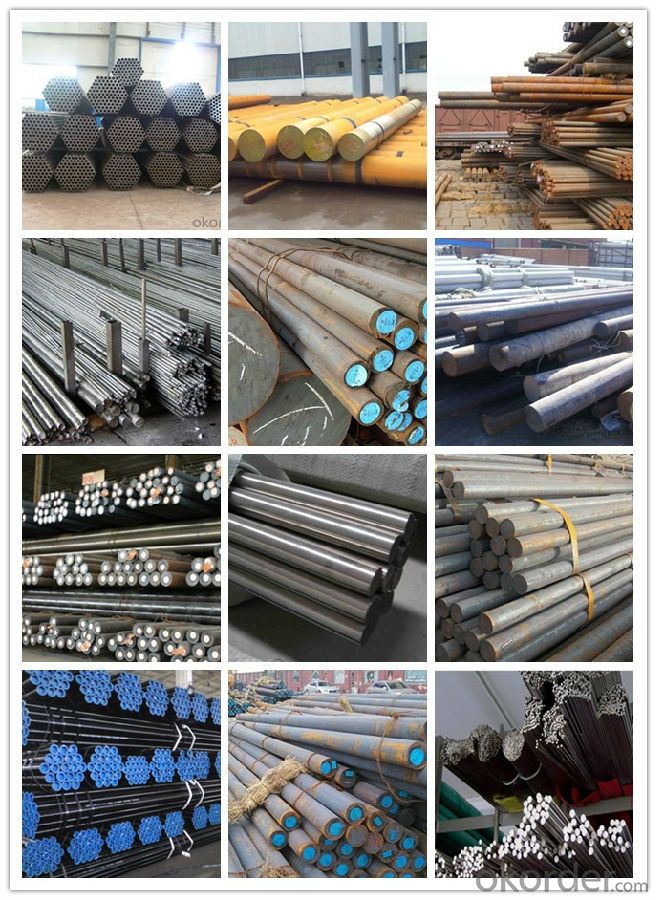
Workshop show
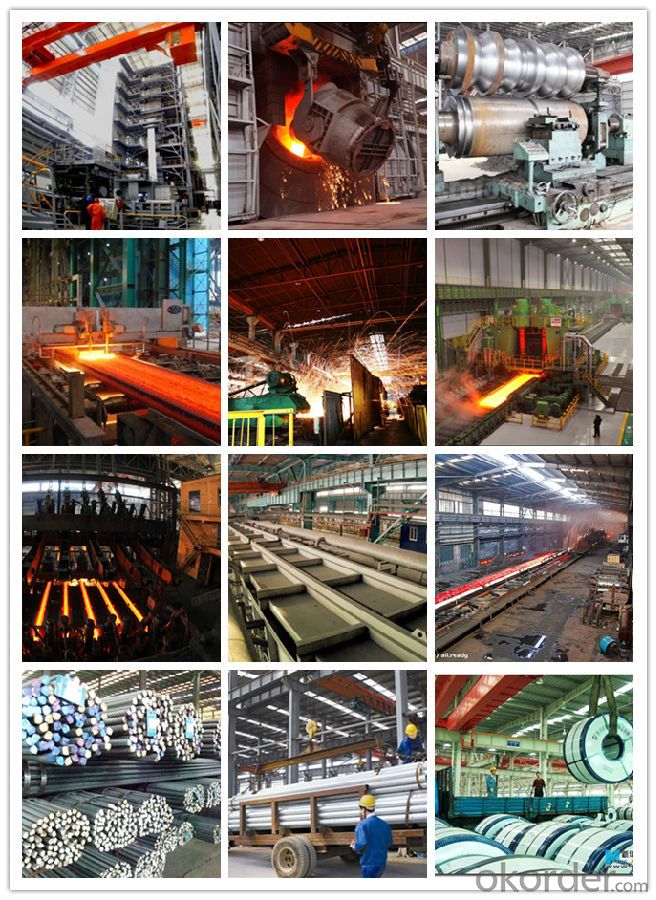
- Q: How is special steel used in the construction manufacturing process?
- Special steel is used in the construction manufacturing process for its unique properties such as high strength, durability, and resistance to corrosion. It is commonly used to fabricate structural components, reinforcement bars, and other critical elements in buildings, bridges, and infrastructure projects. Additionally, special steel alloys are utilized in the production of specialized tools and machinery used in the construction industry.
- Q: What are the properties of wear-resistant stainless steel?
- Wear-resistant stainless steel has several properties that make it highly effective in resisting wear and tear. Firstly, it has a high hardness level, which allows it to withstand abrasive forces and maintain its shape under heavy loads. Additionally, it exhibits excellent corrosion resistance, preventing rust or degradation even in harsh environments. This type of stainless steel also possesses good impact resistance, meaning it can withstand sudden impacts without cracking or breaking. Furthermore, wear-resistant stainless steel typically has a low coefficient of friction, reducing frictional forces and minimizing wear when in contact with other materials. Overall, these properties make wear-resistant stainless steel a durable and reliable choice for applications where wear and tear are major concerns.
- Q: What are the properties of corrosion-resistant steel?
- Corrosion-resistant steel, also known as stainless steel, possesses several key properties. Firstly, it has a high resistance to corrosion, making it suitable for use in environments with exposure to moisture or corrosive substances. Secondly, it contains a minimum of 10.5% chromium, which forms a protective layer called chromium oxide on the surface, preventing further corrosion. Additionally, it has a strong resistance to staining, which makes it easy to clean and maintain. Moreover, corrosion-resistant steel exhibits excellent strength and durability, making it suitable for a wide range of applications in various industries.
- Q: What are the different methods for improving the electrical conductivity of special steel?
- Special steel can have improved electrical conductivity through various methods. One common approach involves adding alloying elements like copper or silver, which increase the number of free electrons in the steel, thereby enhancing its electrical conductivity. Another option is subjecting the steel to heat treatment processes like annealing or normalizing. These heat treatments refine the steel's microstructure, reducing impurities and promoting electron movement. Surface treatments, such as electroplating or coating the steel with conductive materials like copper or nickel, also enhance its electrical conductivity. These treatments create a conductive layer on the steel's surface, facilitating better electron flow. Furthermore, refining the steel's grain size through techniques like grain boundary engineering or severe plastic deformation can improve its electrical conductivity. Smaller grain sizes enable more efficient electron movement and minimize scattering, resulting in improved conductivity. Lastly, proper cleaning and removal of surface contaminants or oxides significantly enhance the electrical conductivity of special steel. By eliminating impurities and ensuring a clean surface, the steel can establish better contact and conductivity. It is important to consider that the specific method chosen to improve the electrical conductivity of special steel depends on the intended application and the desired level of conductivity. Different industries and applications may require tailored approaches to achieve the desired outcomes.
- Q: What are the main applications of special steel in the power generation equipment?
- Special steel is widely used in power generation equipment for various applications. Some of the main applications include the construction of gas and steam turbines, generator rotors, boiler tubes, and pressure vessels. Special steel's high strength, corrosion resistance, and exceptional heat resistance make it ideal for these demanding environments, ensuring the reliability and efficiency of power generation equipment.
- Q: Can special steel be used in food processing applications?
- Yes, special steel can be used in food processing applications. Special steel, such as stainless steel, is commonly used in the food industry due to its excellent corrosion resistance, hygienic properties, and durability. It is safe for food contact, easy to clean, and does not react with acidic or alkaline substances.
- Q: How does special steel perform in high-temperature strength?
- Special steel, also known as high-temperature steel, is specifically designed to excel in high-temperature strength applications. Unlike standard steels, which may lose their strength and structural integrity at elevated temperatures, special steel retains its mechanical properties even under extreme heat conditions. One of the key reasons behind the exceptional high-temperature strength of special steel is its unique composition. It is typically alloyed with elements such as chromium, nickel, and molybdenum, which significantly enhance its resistance to the effects of thermal expansion, oxidation, and creep. These alloying elements form stable oxides on the surface of the steel, acting as a protective layer that prevents further oxidation and corrosion, thereby maintaining the material's strength and integrity. Moreover, the microstructure of special steel plays a crucial role in its high-temperature performance. Through advanced manufacturing techniques, special steel is engineered to have a fine-grained structure, which improves its resistance to deformation and improves its creep strength. The fine grains also contribute to its ability to retain its mechanical properties at elevated temperatures for prolonged periods. Additionally, special steel undergoes rigorous heat treatment processes, such as quenching and tempering, which further enhance its high-temperature strength. These processes help to refine the microstructure and optimize the mechanical properties of the steel, including its hardness, toughness, and resistance to thermal fatigue. In conclusion, special steel is specifically designed and engineered to excel in high-temperature strength applications. Its unique composition, microstructure, and heat treatment processes contribute to its exceptional resistance to thermal expansion, oxidation, and creep, ensuring that it retains its mechanical properties and structural integrity even under extreme heat conditions.
- Q: How does special steel resist oxidation?
- The outstanding resistance to oxidation exhibited by special steel is well-known. This is mainly attributed to the inclusion of elements like chromium, nickel, and manganese in its composition. These elements combine to create a passive film, known as a protective layer, on the steel's surface. This film effectively shields the steel from oxygen and moisture. Chromium is the principal element responsible for the oxidation resistance of special steel. It undergoes a reaction with atmospheric oxygen, resulting in the formation of a thin layer of chromium oxide on the steel's surface. This oxide layer is exceptionally stable and prevents any further oxidation of the underlying metal. It acts as a protective shield, hindering the penetration of oxygen and moisture into the steel, which could otherwise lead to corrosion or rusting. Moreover, nickel and manganese also contribute to the oxidation resistance of special steel. They assist in stabilizing the passive film created by chromium oxide and enhance its protective properties. These elements also bolster the steel's ability to withstand high temperatures and corrosive environments. Furthermore, the composition and processing techniques employed in the production of special steel play a vital role in its oxidation resistance. The steel is often subjected to heat treatment processes, such as annealing or quenching, which further enhance its resistance to corrosion. Through meticulous control of alloying elements and precise heat treatment procedures, a robust and long-lasting passive film is formed. In conclusion, special steel's ability to resist oxidation is primarily due to the presence of chromium, nickel, and manganese, which collaborate to create a protective layer on its surface. This passive film acts as a barrier against oxygen and moisture, effectively preventing corrosion and rusting. Additionally, the composition and processing techniques utilized during production significantly contribute to the exceptional oxidation resistance of special steel.
- Q: How does special steel contribute to improving product safety?
- Special steel contributes to improving product safety in several ways. Firstly, special steel is known for its high strength and durability, making it ideal for manufacturing components that need to withstand extreme conditions or heavy loads. This ensures that products made with special steel are less likely to fail or break, reducing the risk of accidents or injuries. Secondly, special steel can be engineered to have specific properties such as corrosion resistance, fire resistance, or impact resistance. By incorporating these properties into the design and production of products, special steel enhances their safety features. For example, in the automotive industry, special steel is used to manufacture reinforced frames and safety components, providing better protection to passengers in case of collisions. Additionally, special steel is often used in critical applications where reliability and precision are paramount, such as medical equipment, aerospace components, or industrial machinery. The high performance and consistency of special steel ensure that these products function as intended, minimizing the chances of malfunctions or failures that could jeopardize safety. Overall, the use of special steel in various industries contributes to improving product safety by enhancing strength, durability, resistance to external factors, and reliability.
- Q: Can special steel be used in the production of valves and fittings?
- Yes, special steel can be used in the production of valves and fittings. Special steel, such as stainless steel or alloy steel, is often preferred due to its high strength, corrosion resistance, and ability to withstand extreme temperatures and pressures. These properties make special steel suitable for various industrial applications, including the manufacturing of valves and fittings used in sectors like oil and gas, chemical, and power generation.
Send your message to us
1.2738 Mound Steel,China Steel,Steel Mould
- Loading Port:
- China main port
- Payment Terms:
- TT or LC
- Min Order Qty:
- 25 m.t.
- Supply Capability:
- 10000 m.t./month
OKorder Service Pledge
OKorder Financial Service
Similar products
Hot products
Hot Searches
Related keywords
